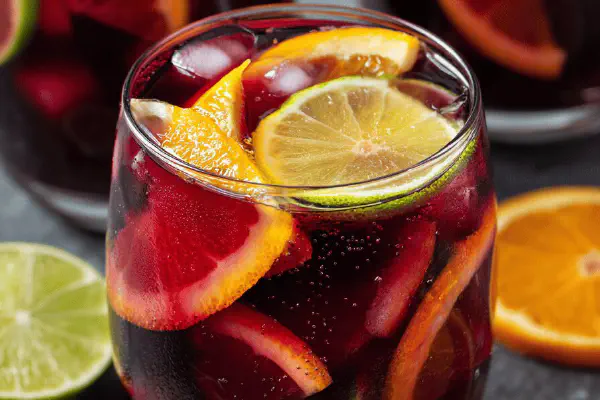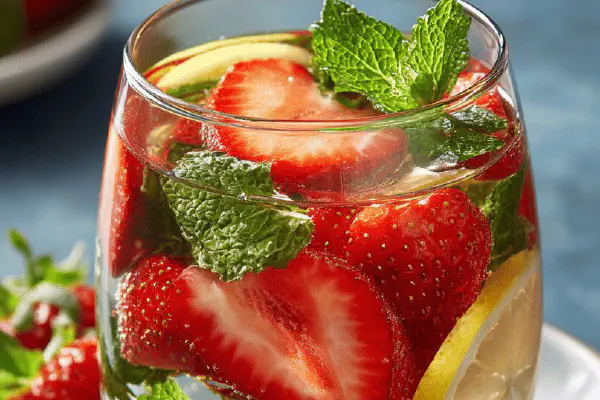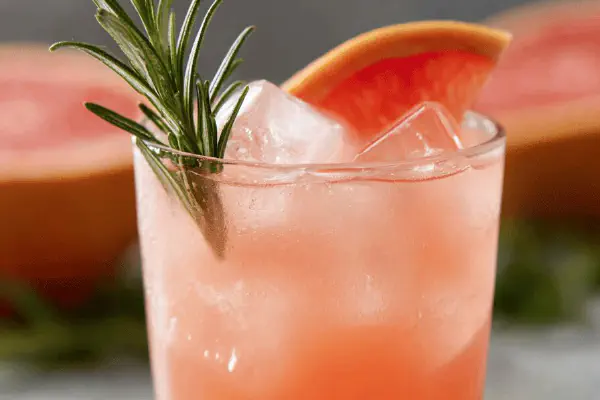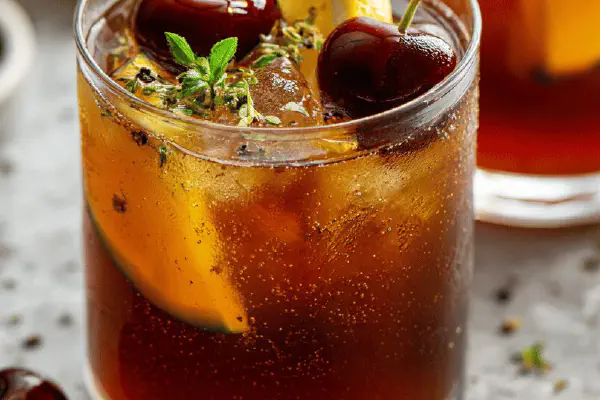Citrus Vermouth Fizz
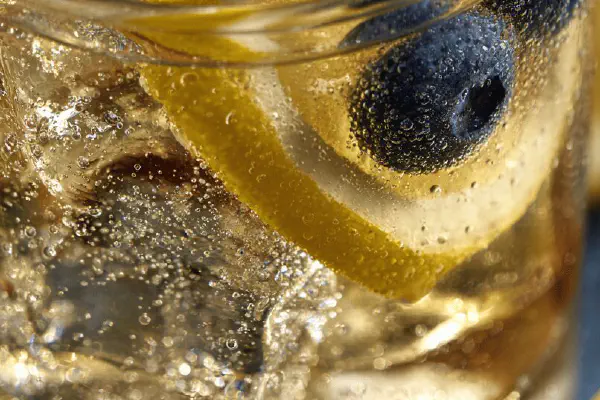
By Emma
Certified Culinary Professional
Ingredients
- 3 parts chilled white vermouth
- 1 part cold tonic water
- Long twists of lemon peel
- Fresh blueberries or fresh cranberries
- Ice cubes
About the ingredients
Method
- Fill a tall glass with ice cubes.
- Pour 3 parts cold white vermouth over the ice.
- Add 1 part chilled tonic water slowly to keep fizz.
- Twist lemon peels to release oils and drop into glass.
- Add a few fresh blueberries for garnish and a subtle tartness.
- No stirring needed. Serve immediately.
Cooking tips
Chef's notes
- 💡 Fill glass fully with ice. Overfill if needed. Helps maintain chill longer. Ice quantity affects dilution, slower melt preferred. Use large cubes if possible. Smaller ice melts faster, dilutes too soon. Chill glass beforehand if you have time. Straight from freezer is better but not required. Cold glass keeps drink cold, aromatic oils last longer on surface. Avoid room temp glasses for fizz cocktails.
- 💡 Pour vermouth before tonic. Measure parts carefully. Vermouth heavy here, 3 parts compared to 1 tonic. Controls sweetness and herb notes. Adding tonic too fast loses bubbles. Pour tonic slowly down glass side or over back of spoon if needed, keeps fizz alive, prevents flat outcome. Avoid stirring or shaking after tonic addition or bubbles burst. Gentle layering matters here.
- 💡 Lemon twist: always twist peel to release oils first. Twist over glass with zest side down to flick oils on surface. Drop into drink; don’t rim glass. Surface oils bring aroma upfront as you sip. Longer twists better—more aromatic oils, more burst on sip. Freshness matters. Older peels don’t give same punch. Use thin zest, no pith, otherwise bitter.
- 💡 Blueberries last. Add just before serving for visual brightness and subtle tart-sweet pop. Avoid crushed berries, skins intact keeps softer flavor release. Cranberries or fresh raspberries are alternatives. Each alters tartness level. Blueberries milder, sweeter, gentler pop. Fruits also chill liquid slightly, don’t add too early or they warm up from vermouth temperature. Keep tonic chilled too.
- 💡 No stirring. No shaking. Bubbles fragile here. Stirring kills fizz quickly. Just pour, layer, and serve. Immediate drinking suggested. Ice helps maintain temp and slow dilution. If drink waits too long, flavor dulls, fizz disappears. Prep ingredients pre-chilled if possible. Measure parts with consistent tool; ratios key for right bitterness and sweetness balance. Variations possible but keep tonic not substituted with soda water for similar fizz profile.
Common questions
Why no stirring?
Stirring kills carbonation fast. Bubbles burst, fizz goes flat. Pour slow is key. Keeps bubbles trapped on surface. Aroma stays intense too. No mixing needed here.
White vermouth instead of porto?
Vermouth less sweet. More herbal bitterness. Porto heavier, sweeter. Swapping shifts balance to bright, light depth. Keep vermouth cold always. Dry or slightly sweet vermouth works. Impacts drink flavor layer.
How to keep fizz longer?
Use chilled glass, ice overfilled. Pour tonic slowly. Avoid stirring or shaking after tonic addition. Serve fast. Fresh tonic water best. Avoid warm tonic or adding too fast. No alternatives keep bubbles better.
Can I store leftovers?
Not really. Fizz fades fast post mixing. Keep in fridge covered but fizz and aroma lost quickly. Re-chilling doesn’t restore bubbles. Best to make fresh. If needed, keep tonic separate until serving.
